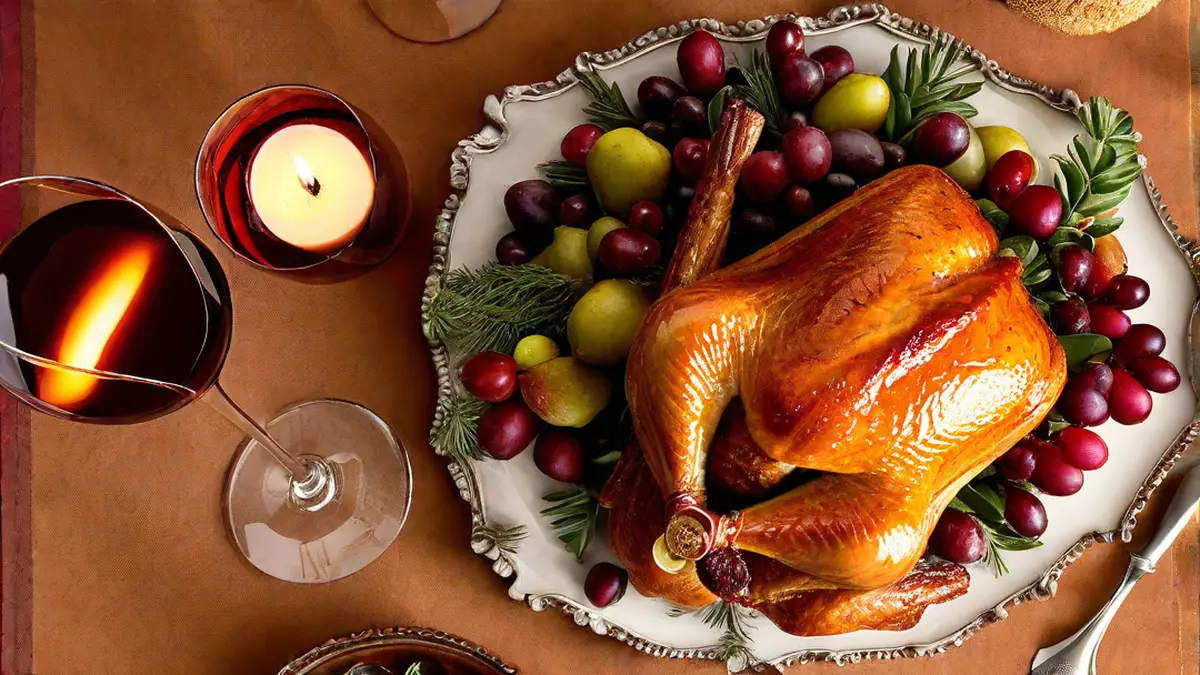Can grape juice turn into wine? As someone with a deep appreciation for wine, I’m constantly intrigued by the profound transformation grape juice experiences through fermentation to emerge as the cherished beverage known as wine. In this piece, I intend to delve deeply into the scientific aspects of this metamorphosis and explore the different phases of crafting a complex, tasty wine from grape juice.
The Science Behind Fermentation
At the heart of winemaking lies a fascinating natural process known as fermentation. Fermentation is the metabolic process in which yeast consumes sugar and converts it into alcohol and carbon dioxide. This process occurs when yeast, present in the grape juice or added separately, interacts with the sugar in the juice.
Yeast, a microscopic fungus, feeds on the natural sugars in the grape juice and produces ethanol as a byproduct. The yeast also releases carbon dioxide gas during this process, which is why we often see bubbles in a glass of sparkling wine. The amount of sugar present in the grape juice determines the potential alcohol content of the resulting wine.
The Role of Yeast in Winemaking
Yeast plays a vital role in turning grape juice into wine. There are two primary types of yeast used in winemaking: wild yeast and cultured yeast. Wild yeast is naturally present on the grape skins and in the winery environment, while cultured yeast is a specific strain selected for its desirable characteristics.
Winemakers have the option to rely on the wild yeast naturally present on the grapes or introduce a specific cultured yeast strain to ensure a controlled fermentation process. Cultured yeast strains offer consistency and can enhance specific flavor profiles in the resulting wine. However, relying on wild yeast can lead to unique and unpredictable flavors, often referred to as “natural” or “indigenous” fermentation.
The Fermentation Process
The fermentation process typically begins with crushing and pressing the grapes to extract the juice. In some cases, winemakers may choose to remove the grape skins and seeds before fermentation to produce white wines. For red wines, the skin contact during fermentation imparts color, tannins, and additional flavor compounds.
Once the juice is extracted, it is transferred to fermentation vessels such as stainless steel tanks or oak barrels. If using cultured yeast, the winemaker will inoculate the juice with the selected yeast strain. The yeast consumes the sugars in the juice, converting them into alcohol and carbon dioxide. This process can take anywhere from a few days to several weeks, depending on the desired style and the temperature at which fermentation occurs.
Throughout the fermentation process, the winemaker carefully monitors the temperature and sugar levels in the wine. Once the yeast has consumed most of the available sugar and the desired level of alcohol has been reached, the winemaker will stop the fermentation by either cooling the wine or adding a fermentation inhibitor.
The Aging Process
After fermentation is complete, the wine enters the aging process. This step allows the wine to develop complexity and mature in flavor. The wine may be aged in stainless steel tanks, oak barrels, or a combination of both, depending on the winemaker’s preference and the desired characteristics of the wine.
During aging, the wine undergoes chemical and structural changes, allowing flavors to integrate and harmonize. This stage can last anywhere from a few months to several years, depending on the type of wine being produced.
Conclusion
So, can grape juice turn into wine? Absolutely! Through the fascinating process of fermentation, grape juice evolves into a complex and vibrant beverage that we know and love as wine. Whether relying on wild yeast or using cultured strains, winemakers carefully guide the transformation, allowing the flavors and aromas of the grapes to shine through. The next time you enjoy a glass of wine, take a moment to appreciate the journey it took from a simple grape to a beautifully crafted elixir.




